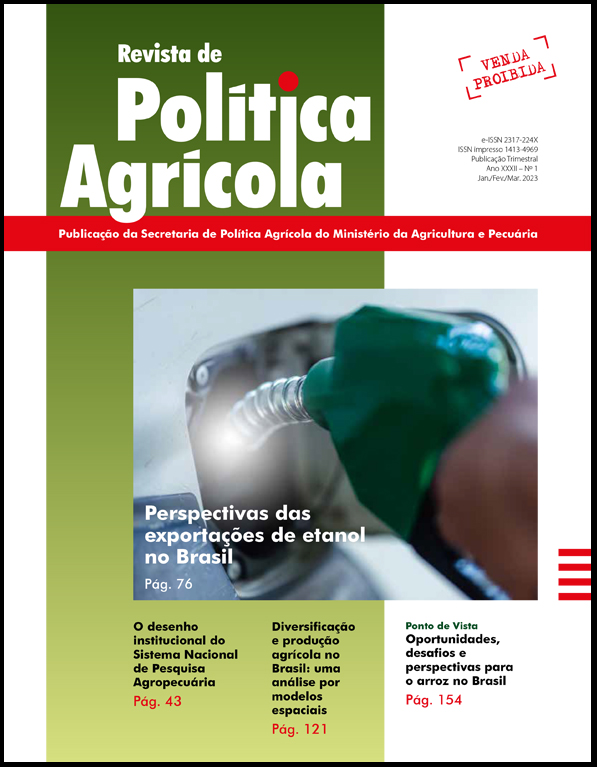Chinese agricultural policies: hunger, transformations, and perspectives
Keywords:
Agriculture, rural areas, China, food insecurity, agricultural policy.Abstract
The objective of this study was to analyze China’s agricultural policies from a historicaleconomic perspective. Starting from Mao Tse-Tung era – marked by the agriculture policy of the “Great leap forward” (1958-1962) – to the present governmental measures, which affected the agricultural sector, some prospects have been announced for the agricultural sector and rural areas until 2035, from of the 14th Five-Year Plan and the 18th Document Nº 1. The study shows the failures of China’s agricultural policies, responsible for intensive episodes of food insecurity in the country. The initial focus on the industrial development and urban areas affected the agricultural sector and the rural areas, whitch made the Chinese State dedicated its policies to the development of the rural areas both to reduce poverty and to ensure food sovereignty. Major advances were identified for agricultural development; however are structural changes are necessary to reduce the asymmetry in the sector development.Downloads
Published
2023-04-25
How to Cite
Bispo, S. Q. A., Martins, M. M. V., & Cechin, A. (2023). Chinese agricultural policies: hunger, transformations, and perspectives. Revista De Política Agrícola, 32(1), 56. Retrieved from https://rpa.sede.embrapa.br/RPA/article/view/1828
Issue
Section
Artigos Científicos


